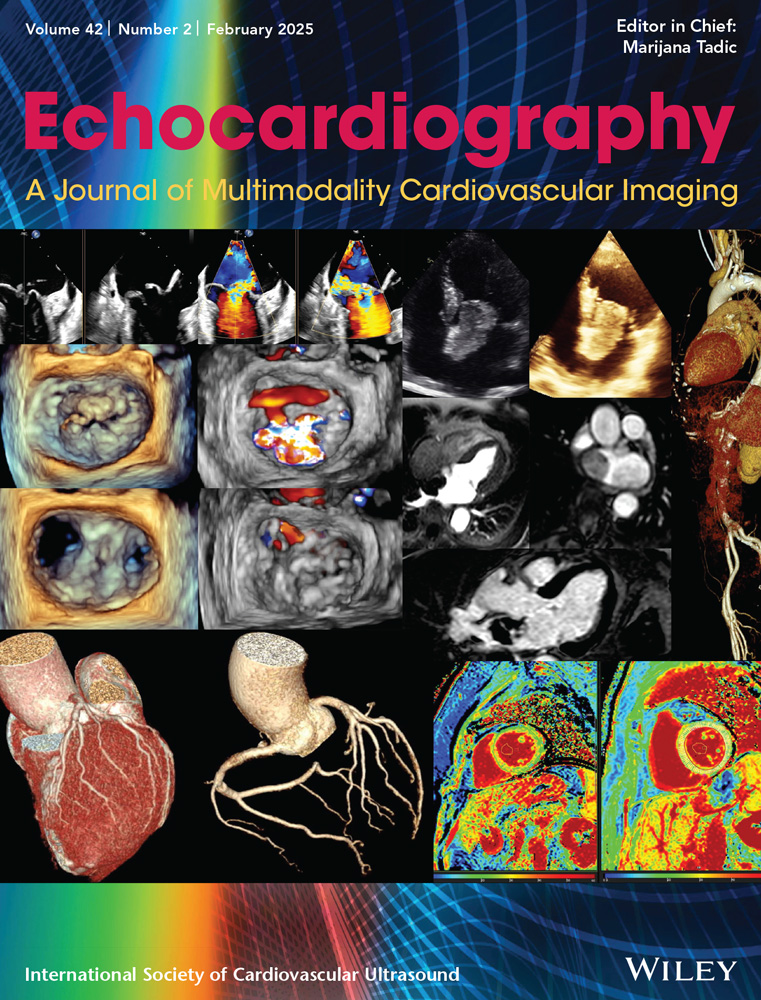Pre-Operative Atrial Deformation Indices Predict Post-Operative Atrial Fibrillation in Patients Undergoing Lung Resection Surgery
Funding: The authors received no specific funding for this work.
ABSTRACT
Background
There are no established predictors of post-operative atrial fibrillation (POAF) in non-cardiac thoracic surgery. Pre-operative left atrial imaging has been shown to identify patients with POAF undergoing cardiac surgery. The purpose of this study was to determine whether pre-operative left atrial strain (LAS) predicts POAF in patients undergoing lung resection.
Methods
One hundred forty-nine patients who underwent cancer lung resection were retrospectively analyzed. Pre-operative imaging involved conventional transthoracic echocardiography with comprehensive speckle-tracking strain. The additional advanced LAS analysis involved three components of atrial function: reservoir, conduit, and booster.
Results
POAF occurred in 17 (11.4%) patients. We found no differences in demographics and peri-operative variables. Patients with POAF were more likely to have atrial fibrillation history (6.8% vs. 29.4%, p = 0.003). Preoperative imaging analysis revealed an increased LA volume index in patients with POAF (25.9 ± 8.8 vs. 32.3 ± 11.9 mL/m2, p = 0.046). All three components of LAS were reduced in the POAF group. The most prominent reduction was reservoir–compliance strain (35.5% ± 4.6% vs. 24.2% ± 6.6%, p < 0.001), then conduit strain (–18.3% ± 8.7% vs. –12.6% ± 4.7%, p < 0.001), and booster strain (–18.3% ± 8.7% vs. –12.6% ± 4.7%, p < 0.001). On univariable analysis, LAS reservoir strain was associated with POAF status (OR: 0.86 [95% CI: 0.78–0.92]), with a c-index of 0.81. Optimized multivariable model considering left atrial volume index, reservoir LAS, and atrial fibrillation history improved c-statistic to 0.880.
Conclusion
Reduced LAS metrics are more specific and sensitive than conventional demographics and standard echocardiography in predicting POAF. Preoperative LA imaging might aid with identifying patients undergoing lung resection who are high-risk and benefit from prophylactic therapy.
Conflicts of Interest
The authors declare no conflicts of interest.
Open Research
Data Availability Statement
The data that support the findings of this study are available from the corresponding author upon reasonable request.




